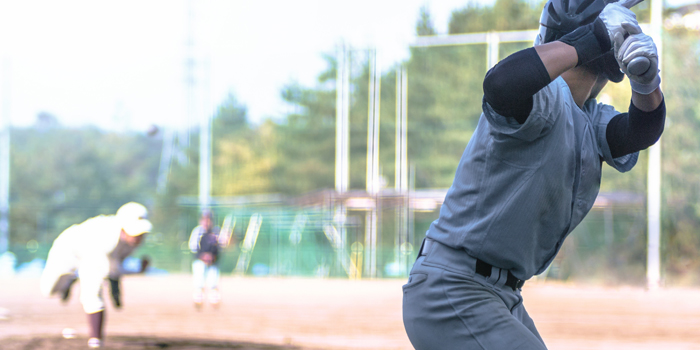
Romanian deadlifts (RDLs), in every form and variation, are a staple in most strength and conditioning programs in high school, collegiate, and professional baseball. They are designed to improve tri-planar strength, stability, and athletic performance. RDLs are an excellent posterior chain, hip hinge exercise for the glute, hamstring, and erector spinae muscles that have carry-over value in the weight room and on the playing field. They help improve mobility in the hip, dynamic flexibility in the hamstrings and low back, and strength in the squat and deadlift. They can also help improve speed and reduce the risk of injury. RDLs are functional exercises that can be used as a bodyweight warm-up or as a loaded strength exercise to help improve strength, balance, and proprioception. Unfortunately, some athletes use poor technique or try to progress too fast by performing advanced variations before they have mastered the basics. Proper execution of this exercise is vital in ensuring safety. Furthermore, the ability to hip hinge under load ensures an athlete is ready to execute the deadlift which requires even more technical efficiency to execute properly.
PART 1: Utilization and Progressions of the Hip Thrust in Baseball
This article is part two of a series outlining exercise progressions that I have used frequently in minor league baseball to help properly educate and teach specific movements that will be utilized throughout a player’s career. The RDL, like the hip thrust, has been a staple within my program design and I could make the case for it to be the single most important movement to teach properly to my athletes. Not only do players need to be able to hinge properly to perform more advanced exercise variations such as the deadlift, but they also need to be able to hinge properly to perform on the field as well. Hitting requires an athlete to hinge and load their rear leg, pitching requires a slight hinge and load in their rear leg prior to delivery, and defensive players need to be able to get into an athletic position to move efficiently and decisively to a ground or fly ball. These are the reasons that I place such an emphasis on the execution and development of this movement for the athletes that I work with. In this article, you will find an outline of a progressive sequence of RDL exercises that I have utilized over the years beginning with bilateral variants and progressing into unilateral exercise variants. The following sequence of exercises allows the athlete some variability without having to learn an entirely new movement pattern. The essence of the RDL remains the same, but the exercise is changed enough to allow different loads and slightly different neurological patterns to be utilized.
RDL with a Dowel Rod
The first progression helps teach the athlete how to hinge properly by using a dowel rod. If the hips do not travel back, the load will be placed primarily on the lower back with minimal load on the glutes and hamstrings.
The athlete stands with the feet hip-width apart and knees in a fixed position but not locked and holding a dowel along the spine from the back of the head to the lower back. There should be three points of contact of the dowel rod with the head, upper back, and glutes. Keeping the dowel rod tight to the body, the athlete pushes the hips back and hinges at the hips loading the hamstrings and glutes. He/she then contracts the hamstrings and glutes, returns to the starting position, and repeats the exercise for the prescribed number of reps. The athlete should keep the torso straight and the dowel rod in contact with the head, upper back, and glutes throughout the entire movement. You can utilize a wall for the athlete as well to give them a landmark for their hips. Once the proper technique using the dowel rod is learned, athletes should be able to maintain the proper posture needed to successfully hinge and load hips in more advanced progressions.
Dumbbell RDL (2 arms and 2 legs)
Once the athlete demonstrates the ability to hinge and load the hips properly while maintaining a strong upper body posture, he/she can add resistance in the form of free weights. The movement is similar to those with the dowel rod, except the dumbbells serve as a counterweight. The athlete begins with the dumbbells in front of the body, palms facing the body, and arms fully extended. While maintaining good upper body posture, the athlete engages their lats and pushes their hips back until they are in a full hinge position. The dumbbells should be slightly above shin height. The key is to not collapse in either the lumbar or thoracic region, as both can compromise proper execution of the exercise.
Barbell RDL (2 arms and 2 legs)
This exercise is similar to the dumbbell variation described above, except that the load can be increased substantially by utilizing a barbell. Before attempting this exercise, the athlete should be able to demonstrate competency in both of the previous variations. In order for me to program the deadlift into a player’s program, they must be able to demonstrate the ability to perform this exercise effectively. Cueing the athlete on tightness in their lats and upper back is a key for this exercise. Pinching the elbows and squeezing the armpits are also good cues to help the athlete maintain tightness in the back and ensure that the barbell does not travel away from the body. Occasionally athletes will report not being able to feel an RDL in their glutes. One trick I have had some success with is to cue them to drive their big toes into the ground which will help them root into the ground and get their glutes to fire a bit more. Keeping the bar close to the midline of the body will help ensure that proper technique is used, and the exercise is performed safely.
Single-Leg RDL with Foam Roller (1 arm and 1 leg)
Once an athlete has demonstrated an ability to hinge safely and effectively with the bilateral variants, I will then feel comfortable progressing them to the more athletic unilateral variants. I like programming single-leg variants into player’s programs as they are very pertinent to various movements that they are required to perform on the field. Utilizing a foam roller is a good starting place to help teach them how to hinge properly with one leg. It's the same concept as the double leg variant in that the athlete needs to maintain good posture and tightness in the upper back. While maintaining two points of contact with a foam roller in the top of the foot and the hand, the athlete then hinges at the hip and loads their hamstring and glute performing a single-leg RDL. The key is to keep pressure on the foam with the top of the hand and their foot and to let their rear leg “lead” them as it lifts off the ground. I have utilized sliders as a teaching tool for this with success as well.
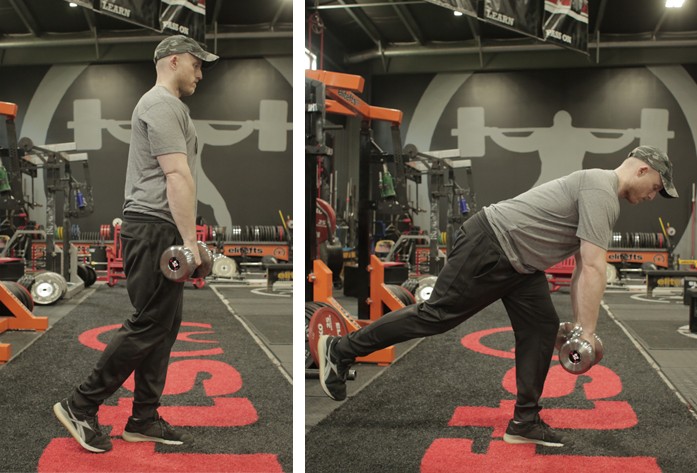
Single-Leg Dumbbell RDL (2 arms and 1 leg)
The fourth progression is to introduce a degree of instability, balance, and proprioception by performing the exercise on one leg while holding resistance (dumbells or kettlebells) in each hand. The two-arm, single-leg variant reintroduces a familiar concept in utilizing both arms, helping athletes maintain good upper body posture while learning to properly hinge and load one leg. The athlete holds both dumbbells or kettlebells out in front of their body just as they did in the previous bilateral variants. Again, while maintaining great upper body posture via lat and mid trap engagement, they will hinge with one hip, loading their hamstrings and glutes with the kettlebells or dumbbells, staying tight to the body, and going no lower than shin height.
Single-Leg RDL with Cable and Dumbbell (1 arm and 1 leg)
The fifth progression is the single-arm and single-leg RDL utilizing either a cable or dumbbell for resistance. The cable provides slightly more stability because the resistance is fixed and the balance variable isn’t as challenging which is why some recommend that athletes perform a cable RDL before the dumbbell RDL. If an athlete demonstrates a strong ability to perform the previous variations, however, they should be able to progress directly to the dumbbell version. The same techniques and concepts used in the previous exercises apply to this exercise.
Single-Leg Barbell RDL (2 arms and 1 leg)
This is the most advanced RDL exercise, and athletes must possess an advanced level of strength and balance to properly execute this version. Maintaining good posture in the upper body, engaging the lats by “pinching” the armpits, and bracing the core are essential to a safe performance of this version. This option allows the athletes who can perform single-leg RDLs with high levels of resistance the opportunity to further challenge themselves.
Key Takeaways
Proper and efficient execution of the RDL requires consistent coaching. Improper execution and progression of this exercise can increase the risk of lumbar discomfort and injury. Regardless of what stage of the progression an athlete is in, the cues remain the same.
Start the exercise from the floor up. The athlete needs to “root” themselves into the ground with one or both feet. The athlete should pretend that he/she is pinching the ground with the entire foot (like a bird’s talons). This will help engage the glute complex and increase stability at the hip.
With this cue also comes slight natural external rotation of the femur which is required to execute the RDL properly. Another cue that can accomplish this (mainly with the double leg variants) is to separate the floor with the feet. Once the athlete is rooted into the ground and has accomplished femoral external rotation, they need to be able to simultaneously brace the core and engage the lats with either dumbbells or a barbell. Bracing the core is key as this will help protect the spine and limit lumbar injuries if form is compromised.
If an athlete struggles with this cue, placing a weight belt that is a size too big around the waist is a good external cue. Tell them to “fill the belt” making them expand their midsection and low back to make the belt tight. Utilizing belly and crocodile breathing exercises are highly effective at helping athletes learn how to brace and engage their core properly.
Cueing an athlete to pinch the armpits with the elbows has been effective for me to help teach athletes to engage their lats and keep their upper back tight throughout these exercises. This ensures that the barbell stays tight to the body and does not drift too far away from the midline. The farther away the barbell is from the body in any RDL variation, the more inefficient and unsafe the exercise becomes.
Using these cues and the aforementioned exercise progressions can help athletes young and old learn how to perform the RDL efficiently, safely, and ultimately help improve overall athletic development.
Dwayne Peterson has worked in professional baseball for eight years. Six of those years were spent working as a minor league S&C with the Houston Astros, where he worked as an S&C at every level in the minor leagues from short season to AAA—fortunate enough to be a part of the organization during the 2017 World Series Championship Season. Dwayne currently is the AAA S&C coach for the San Fransisco Giants organization. He completed his undergraduate degree in exercise science and MBA at Northern Kentucky University and is in the process of obtaining his Ph.d. Dwayne spends his offseason at home with his wife and three dogs in Erlanger, Kentucky.









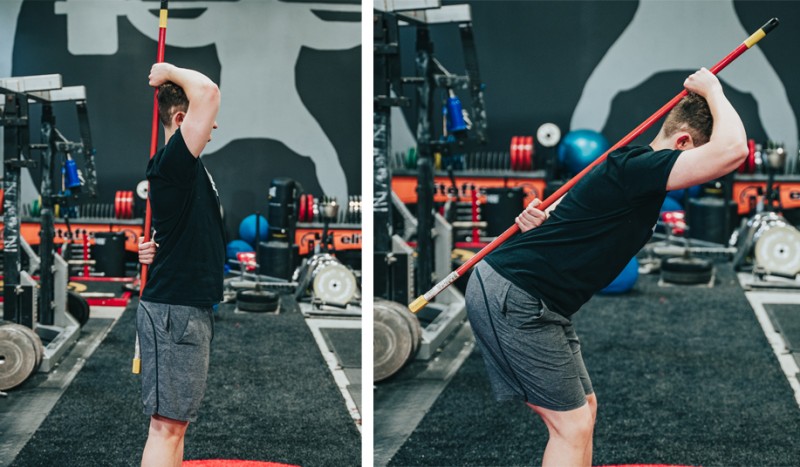
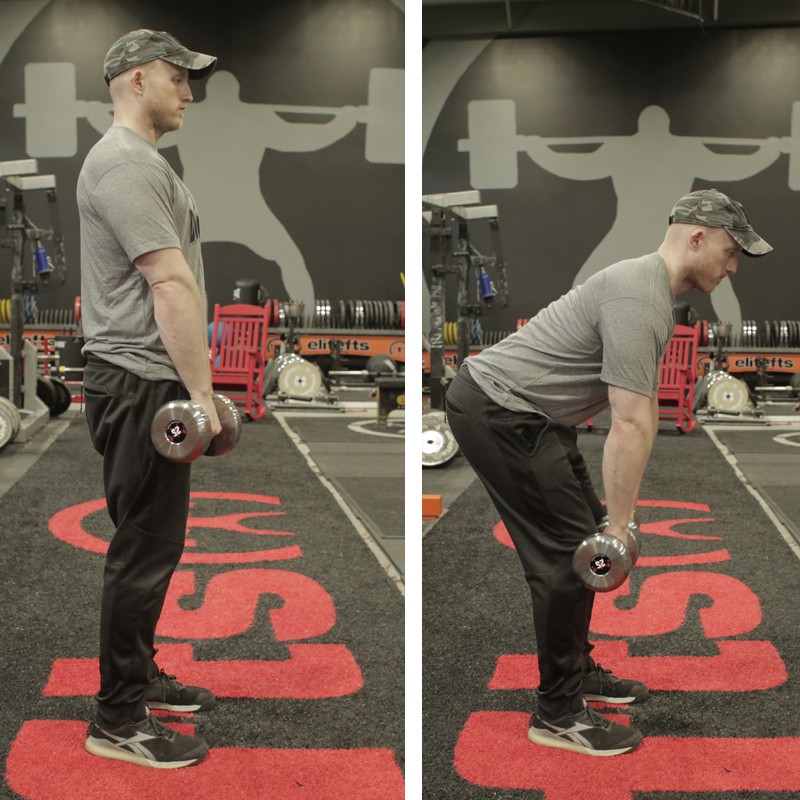
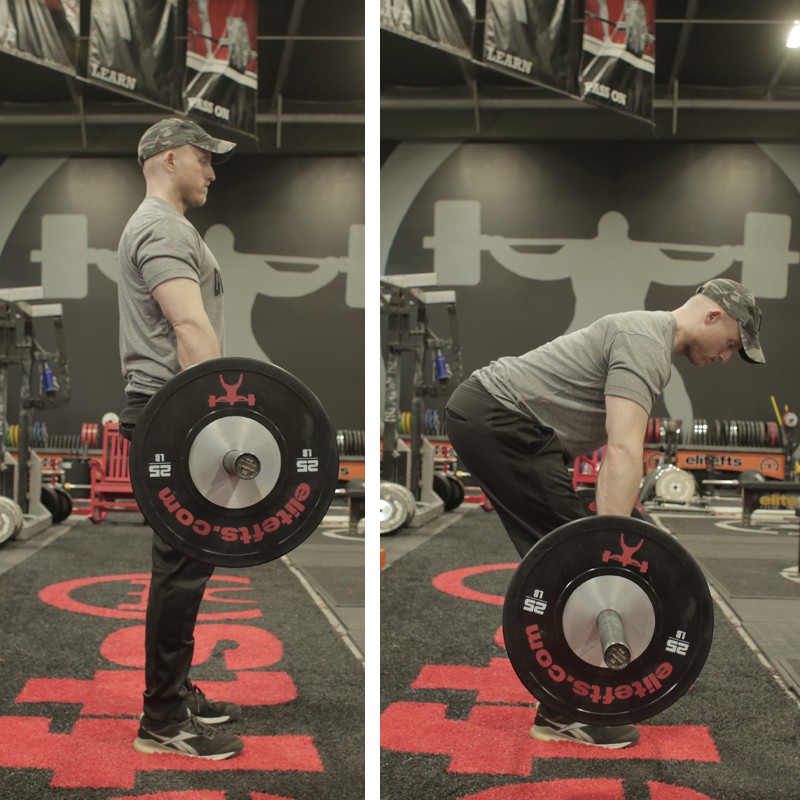
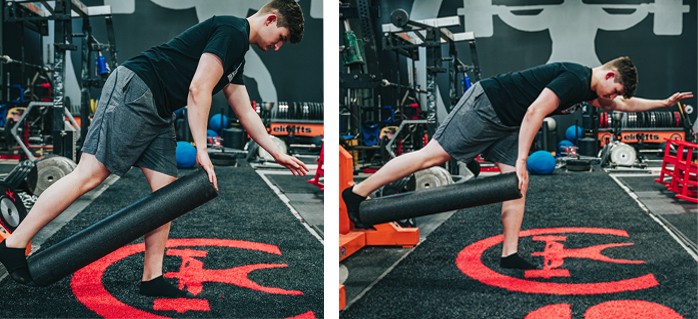
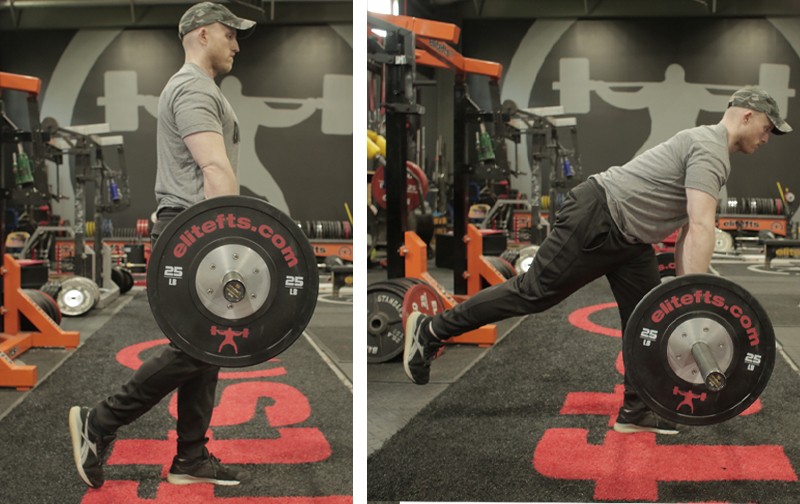

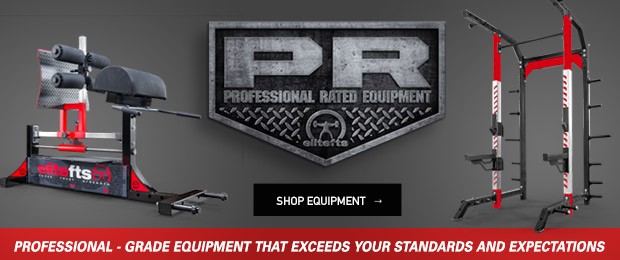
1 Comment